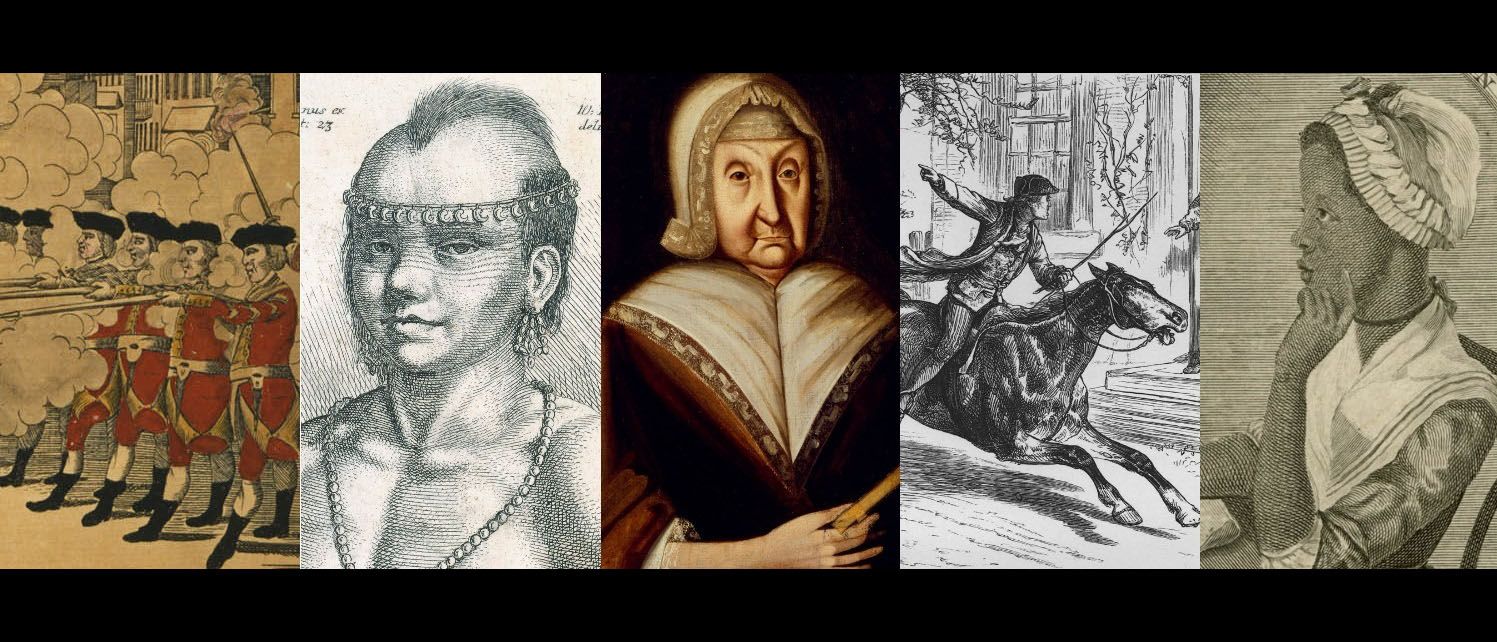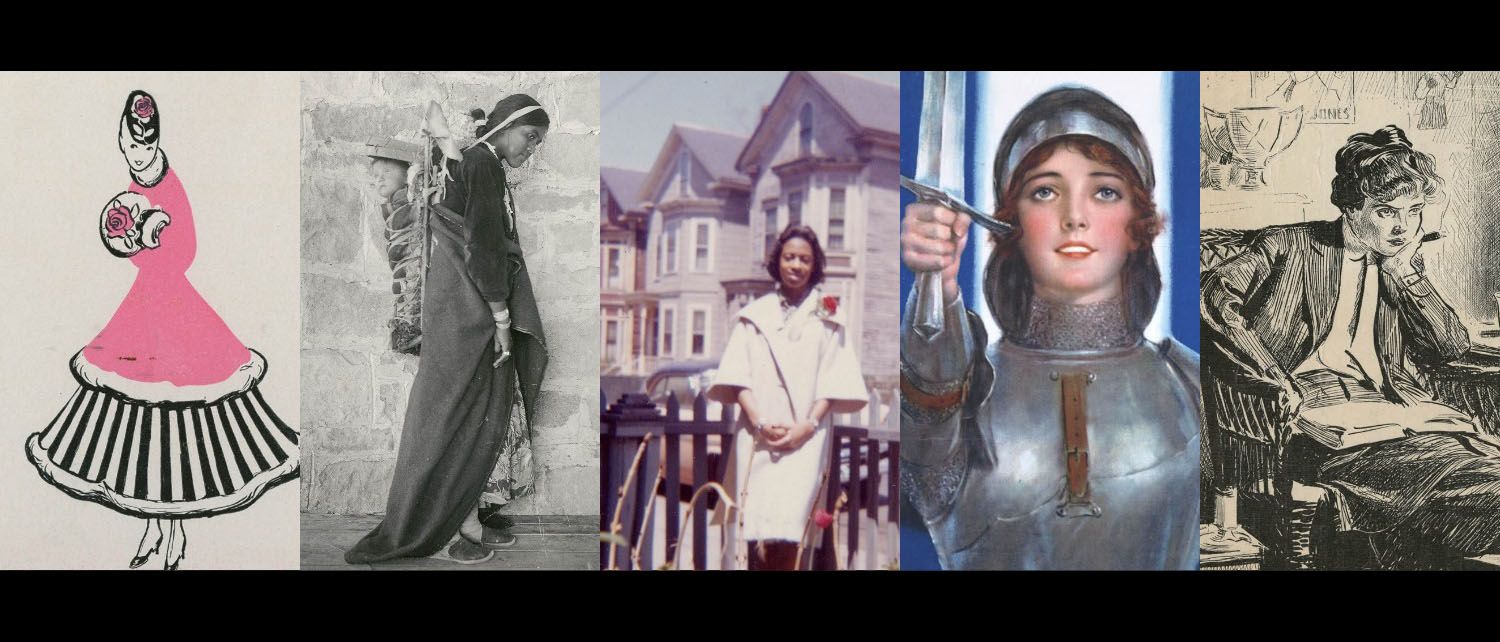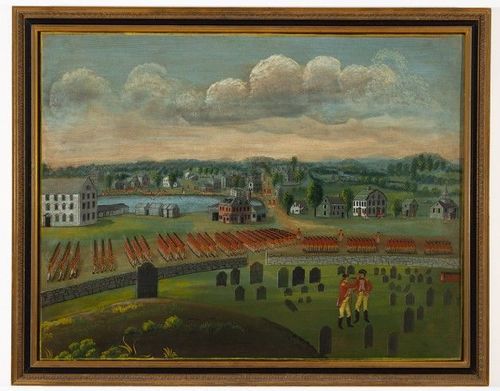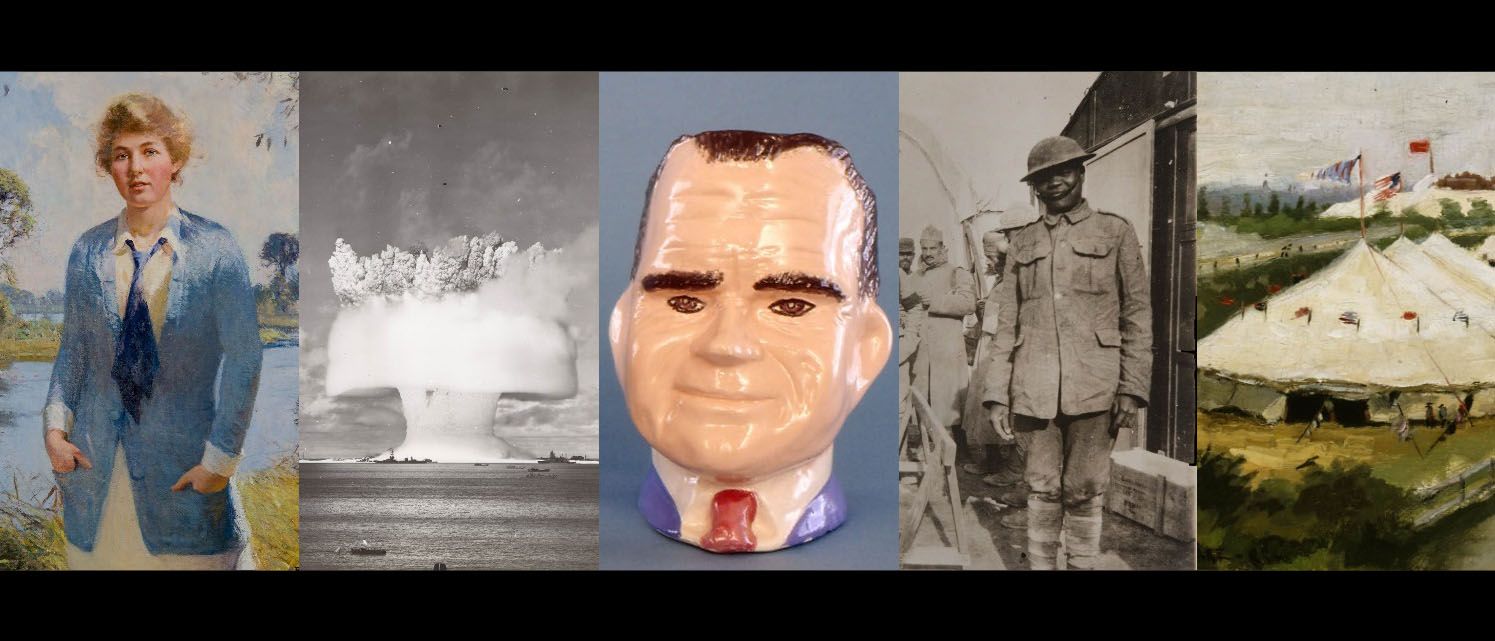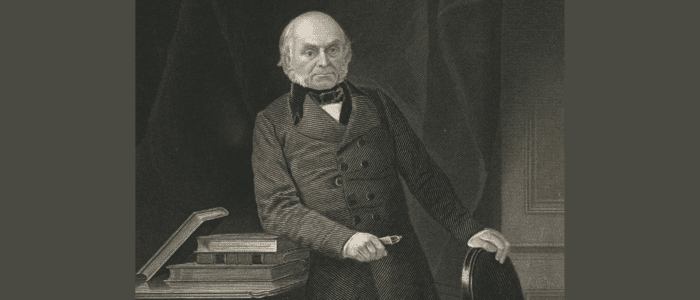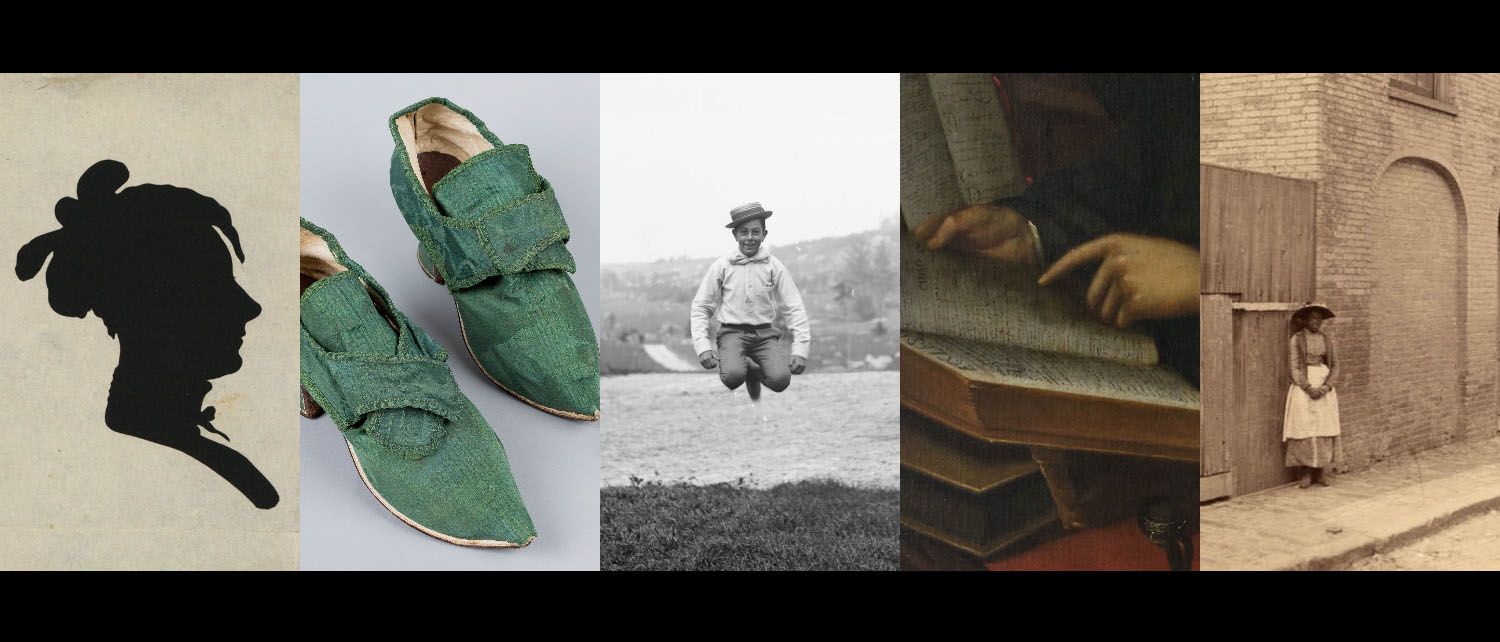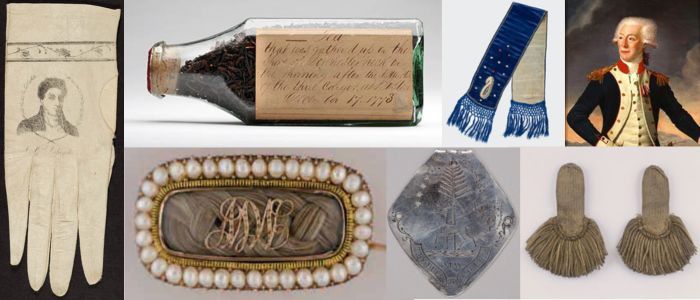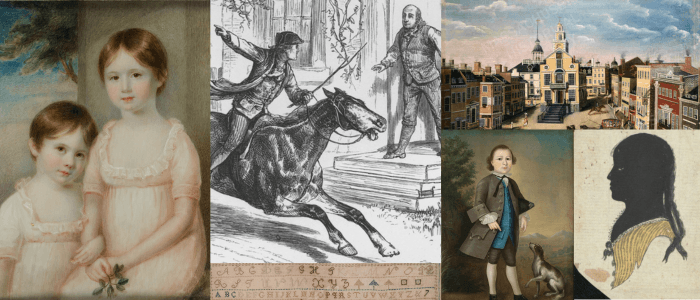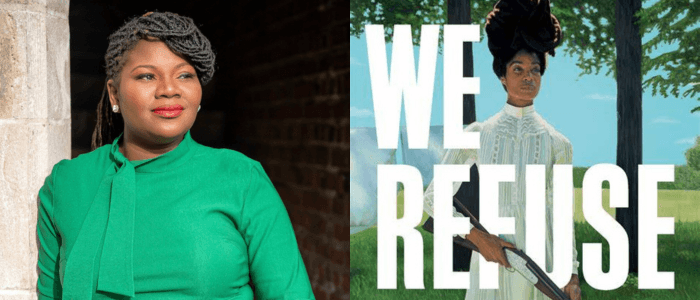Event
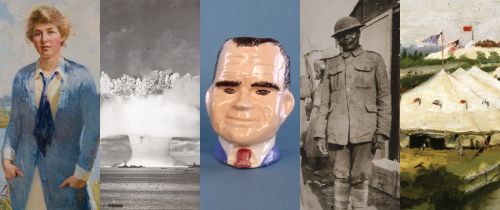
The Stroke of Midnight: The Emergence of New Year’s Eve in America, 1820-1929
Author: Alexis McCrossen, Southern Methodist University
Comment: Matthew Dennis, University of Oregon
This is a hybrid event. The in-person reception will begin at 4:30 PM.
To announce the arrival of 1908, at midnight on December 31, 1907, The New York Times dropped a time ball from its new building in Longacre Square (now known as Times Square). The spectacle was an immediate and recognized success, described as “remarkable,” “entirely different,” and “wonderful.” Large-scale and widespread New Year’s Eve celebrations were new at the start of the twentieth century. With midnight as their focal point, they trumpeted the temporality of clocks rather than calendars as had prevalent New Year’s Day rituals and activities. This paper tells the story of the emergence of New Year’s Eve in America.
Join the conversation at the Dina G. Malgeri Modern American Society & Culture Seminar. Seminars bring together a diverse group of scholars and interested members of the public to workshop a pre-circulated paper. Learn more.
Purchasing the $25 seminar subscription gives you advance access to the seminar papers of all seven seminar series for the current academic year. Subscribe at www.masshist.org/research/seminars. Subscribers for the current year may login to view currently available essays.
Hybrid Event
The in-person reception starts at 4:30 PM and the seminar will begin at 5:00 PM.
Masks are optional for this event.
The virtual seminar begins at 5:00 PM and will be hosted on the video conference platform, Zoom. Registrants will receive a confirmation message with attendance information.
By registering you are agreeing to abide by the MHS Visitor Code of Conduct.
